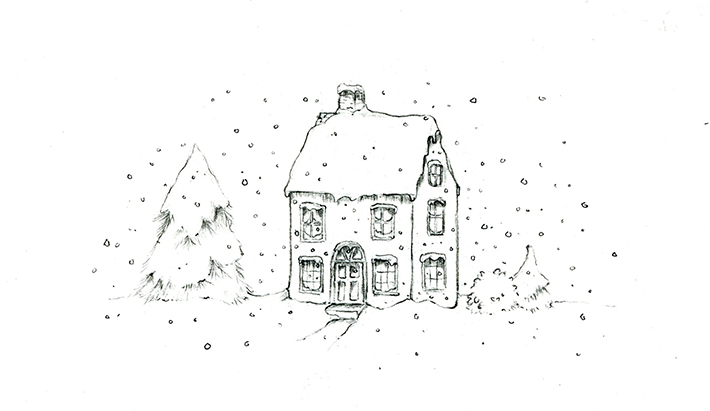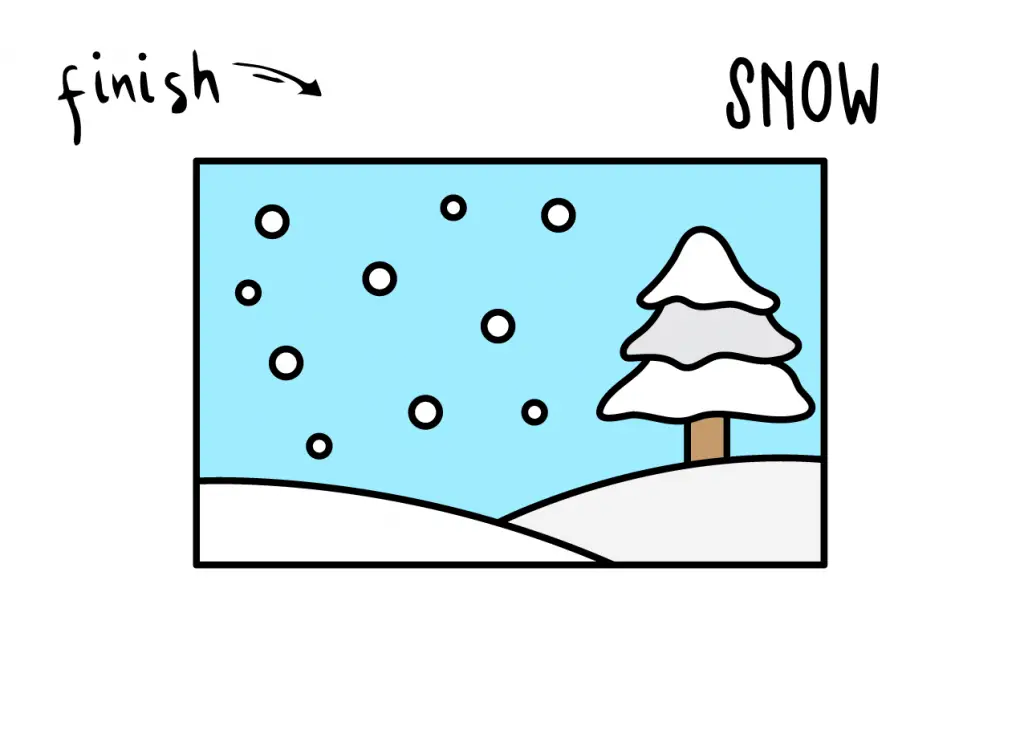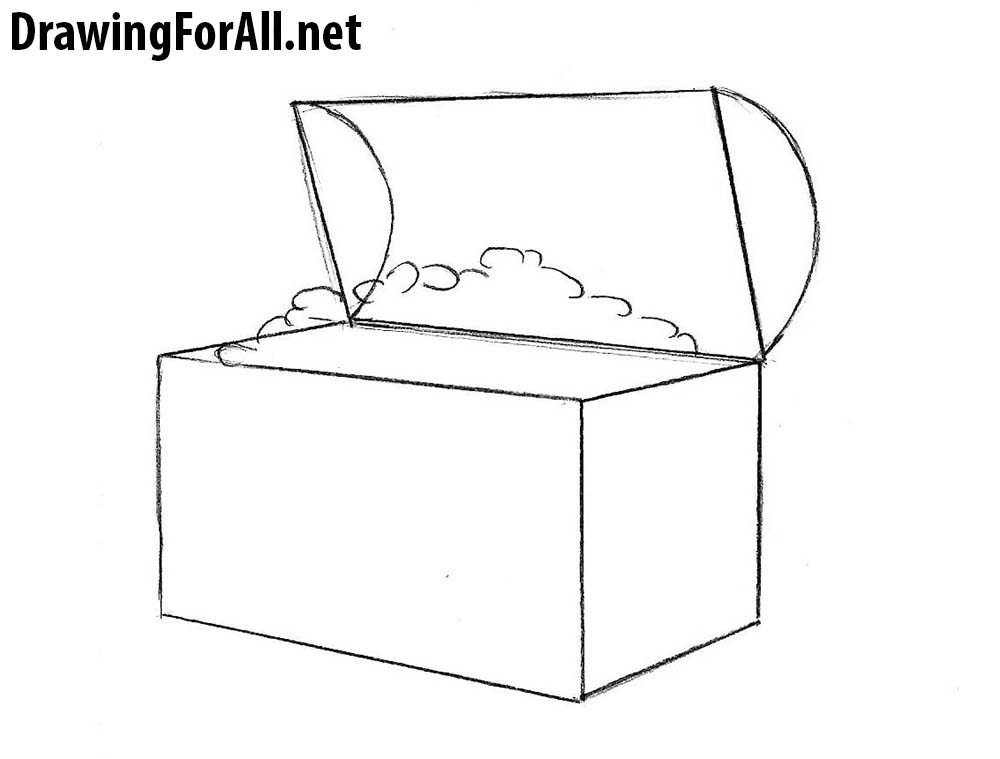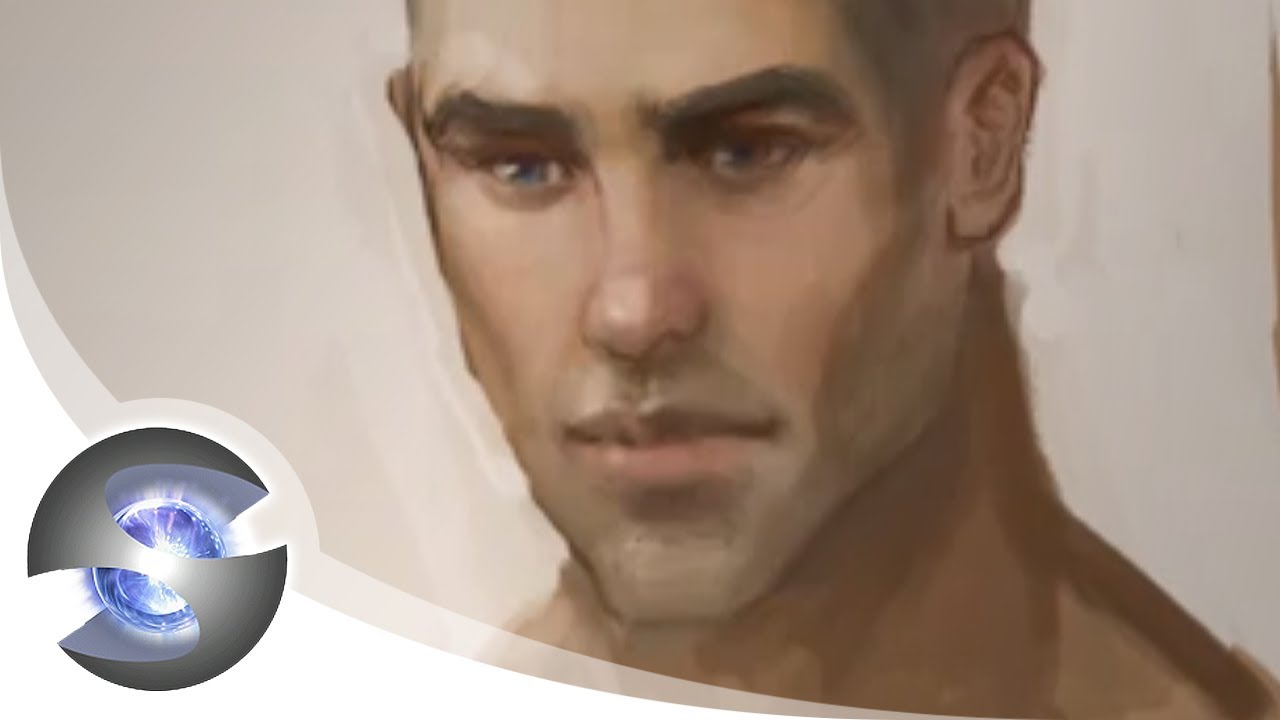Snow drawing landschap houtskool tekening easy charcoal voor beginners
Table of Contents
Table of Contents
If you’re an artist, you know that snow can be tricky to draw. Capturing the beauty and delicacy of each snowflake can be challenging, but don’t let that discourage you from trying. Learning how to draw snow can elevate your winter-themed artwork and add an extra layer of depth and beauty to your pieces.
The Pain Points of Drawing Snow
When it comes to drawing snow, it’s easy to get caught up in the details. You may find yourself struggling to make each snowflake look unique or trying to capture the way the snow falls in a particular scene. Additionally, it can be challenging to give your snow a sense of depth, especially if you’re trying to create a snow-covered landscape or add snow as a background element.
How to Draw Snow
When it comes to learning how to draw snow, there are a few tips that can make the process easier. Firstly, work on creating texture in your snow. Snow isn’t smooth and flat, so by adding small bumps and rough patches, you can create a sense of depth and dimension. Secondly, don’t be afraid to play with different shades of white and blue. Snow reflects light differently depending on the time of day and the angle of the sun, so by adding different shades, you can create an illusion of depth and dimension.
Main Points to Keep in Mind
Remember, when working on snowscapes or adding snow to your artwork, it’s important to consider the movement of snowflakes and the way snow falls. You can create this movement by incorporating curved and flowing lines in your snowscapes, creating a sense of motion and wind. Additionally, be mindful of how other elements, such as trees or buildings, may impact the way snow falls in a particular scene. By keeping these tips in mind, you can create snow that looks realistic and enhances your artwork.
Personal Experience
One strategy that has worked well for me when drawing snow is to use a variety of tools and techniques. For example, I like to use various brush sizes to create snowflakes of different sizes and shapes. I also like to use a textured paper or canvas to add additional dimension and texture to my snow. This technique works exceptionally well when portraying a snowy landscape or a winter cabin surrounded by snow.
Creating Snow in Motion
Creating snow in motion can be one of the most challenging parts of drawing snow. However, by adding curved lines to your snowflakes and incorporating elements like a snowdrift or trees, you can create the illusion of movement. Consider including snowflakes that are flying in different directions, adding a sense of wind and snowdrifts that look like they’re moving across the landscape.
Adding Depth to your Snow
To create depth and dimension in your snow, consider using a white pencil to sketch in shadows or darker areas. You can also play with contrast, using bright white areas to create a sense of light reflecting off the snow. Additionally, consider using tools like a paintbrush or a palette knife to add texture to your snow, creating a sense of movement and depth.
Choosing the Right Shade of Blue
When it comes to adding different shades of blue to your snow, it’s important to experiment with different hues and saturation levels. Some shades of blue can add depth and dimension to your snow, while others may look more cartoonish or unrealistic. Consider using a reference photo to help you determine which shade of blue will work best for your scene.
Question and Answer
Q: How can I make my snowflakes look more realistic?
A: Try making each snowflake unique. No two snowflakes are alike, so try experimenting with different shapes and sizes to create a more realistic look.
Q: Can I use colored pencils instead of paint to create my snowy landscape?
A: Absolutely! Colored pencils can be an excellent option for adding depth and texture to your snow. Experiment with different pressure levels to create various shades and hues.
Q: How can I make my snowdrifts look more natural?
A: Try adding texture to your snowdrifts by using a palette knife or a textured brush. You can also add shadows and highlights to create depth and dimension. Additionally, try incorporating different shapes and sizes of snowdrifts to create a more varied and natural look.
Q: How do I make sure my snow doesn’t look flat?
A: Experiment with different shades and textures of white and blue to create depth and dimension in your snow. You can also play with contrast, adding bright white areas to create a sense of light reflecting off the snow. Additionally, be mindful of adding shadows and darker areas to create a sense of depth.
Conclusion of How to Draw Snow
Learning how to draw snow can be a fun and rewarding process. By experimenting with different shades, textures, and techniques, you can create beautiful snowscapes and winter-themed artwork. Remember to keep in mind the movement of snowflakes, the impact of other elements on the snow, and the importance of adding texture and depth. With these tips and tricks, you’ll be drawing beautiful, realistic snow in no time.
Gallery
Easy SNOW For Beginners Charcoal Drawing - YouTube

Photo Credit by: bing.com / snow drawing landschap houtskool tekening easy charcoal voor beginners
Quilting Tales: Drawing Snow

Photo Credit by: bing.com / snow drawing sketch draw google realistic pencil drawings quilting tales inspiration search gr colorful
How To Draw Snow Mountains — Online Art Lessons

Photo Credit by: bing.com /
Create A Winter Wonderland! Learn How To Draw Snow

Photo Credit by: bing.com / snow drawing draw sketch winter falling snowflakes snowy pencil wonderland house realistic scene create simple
Easy Simple Drawing Of Winter Season - Canvas-smorgasbord

Photo Credit by: bing.com / wintery





